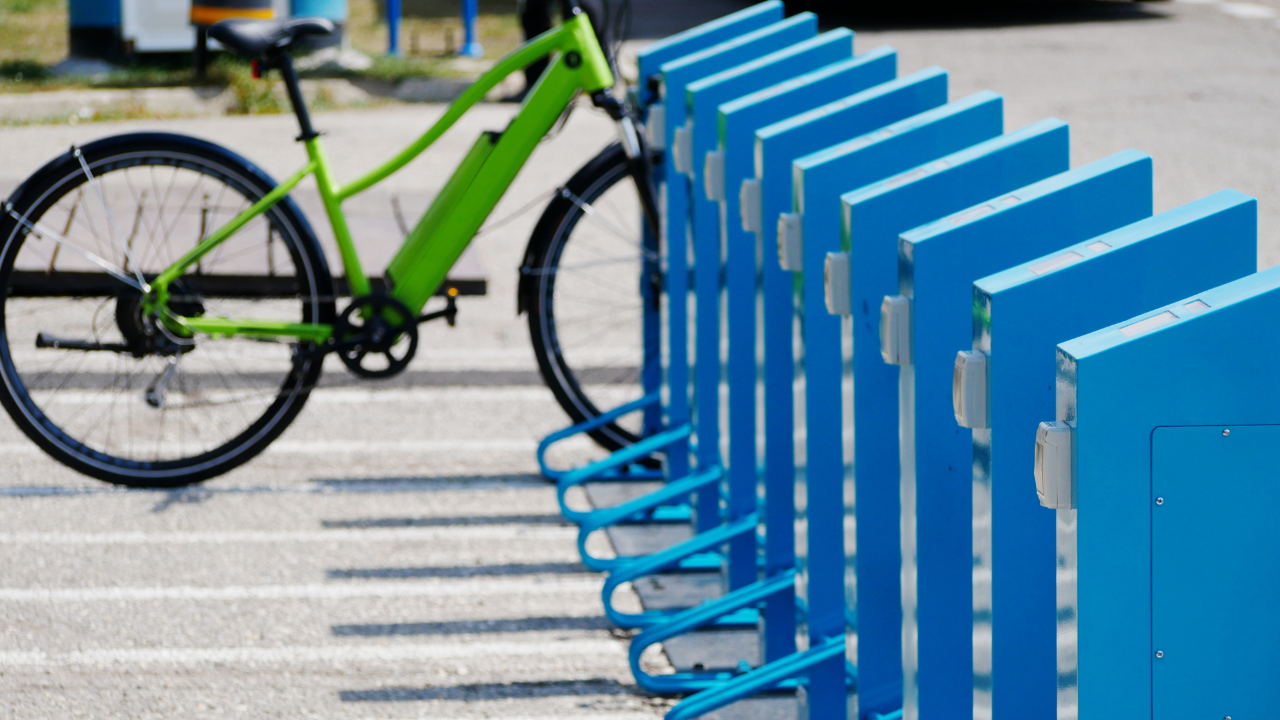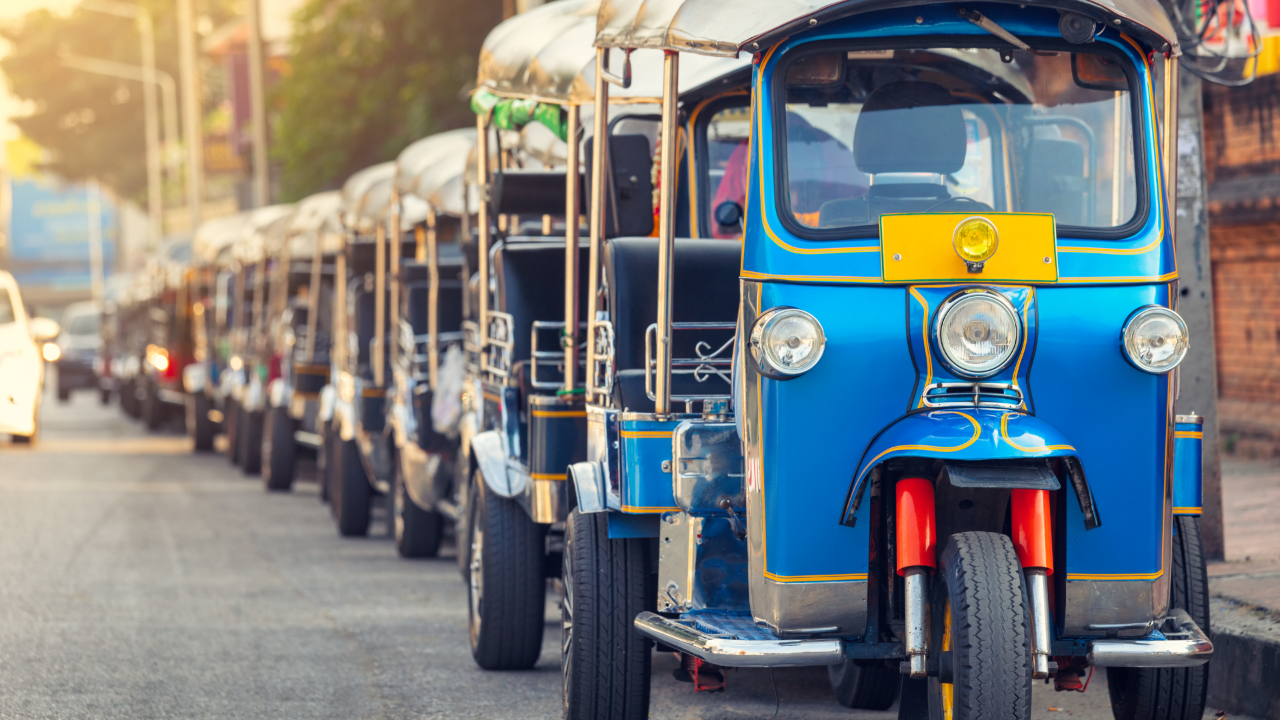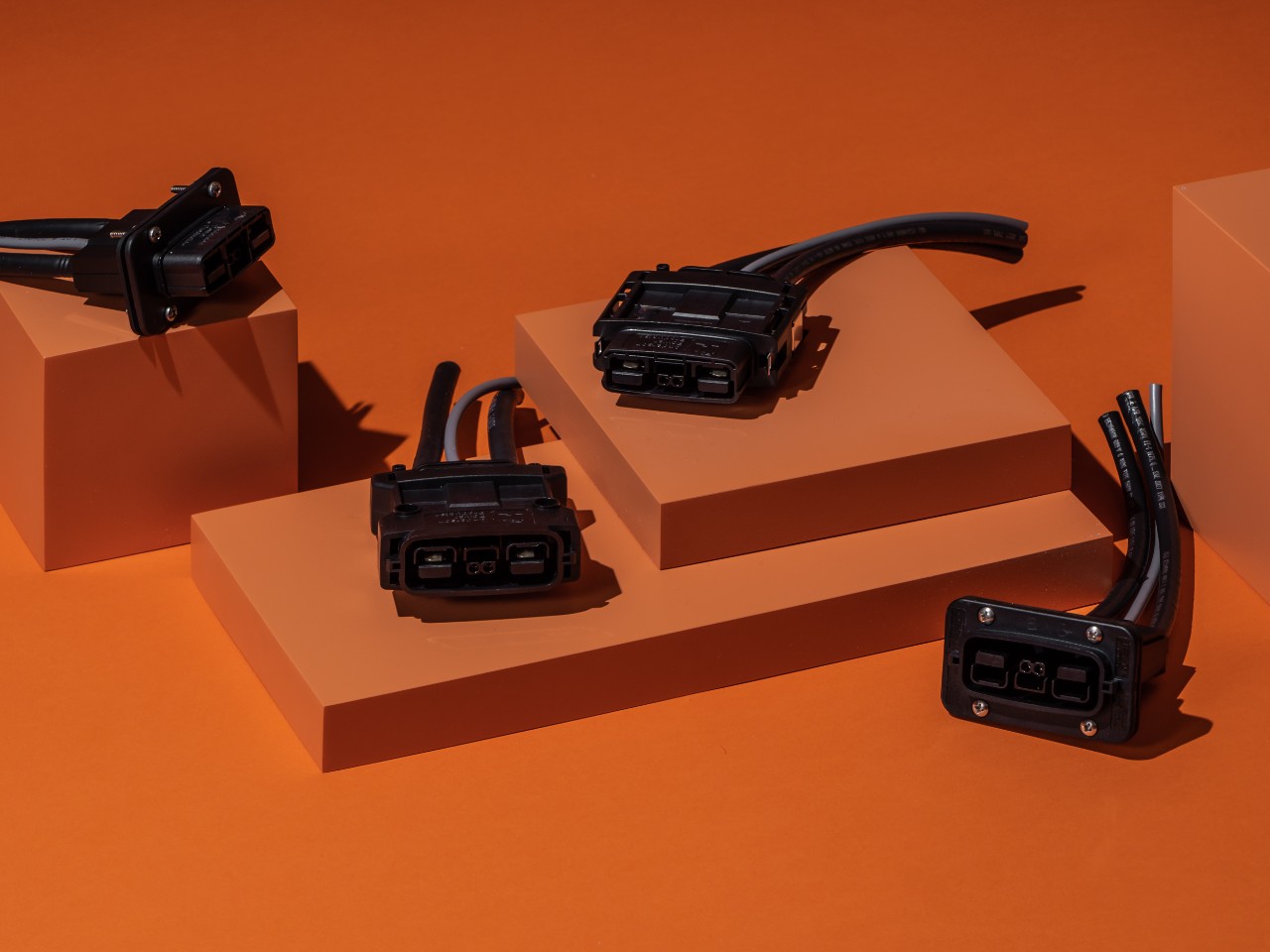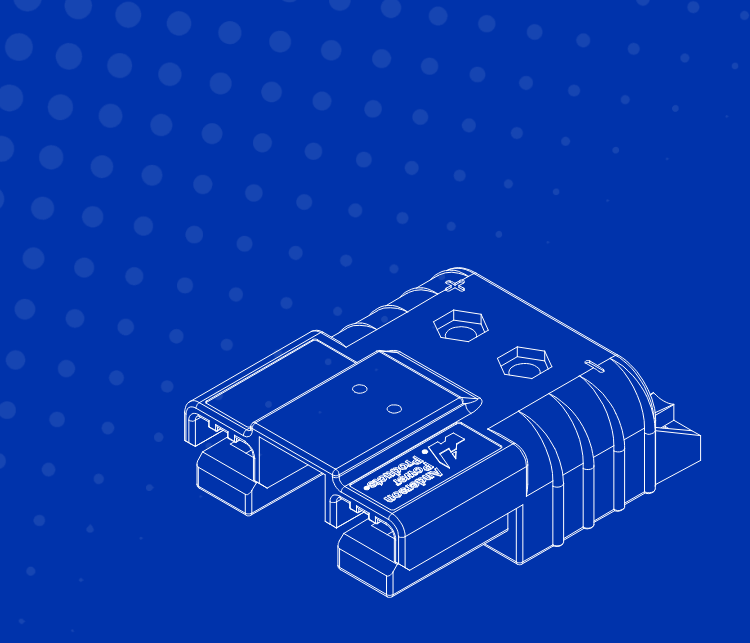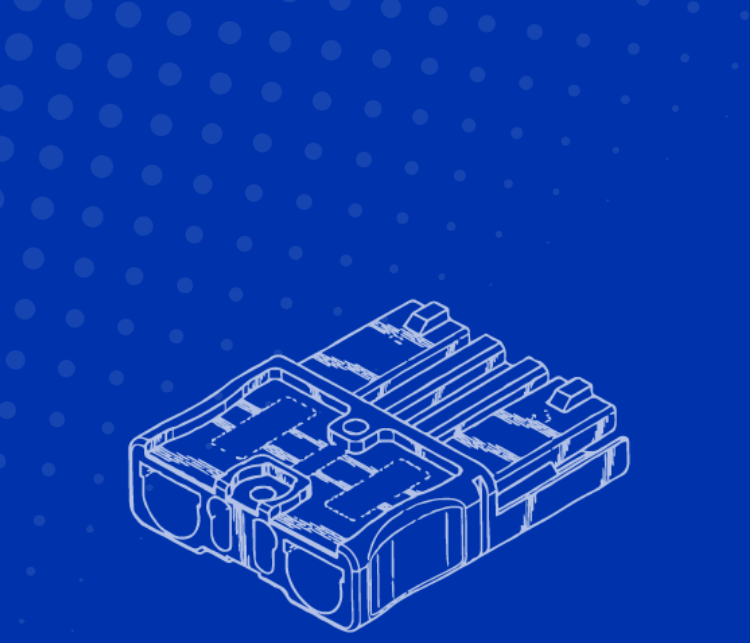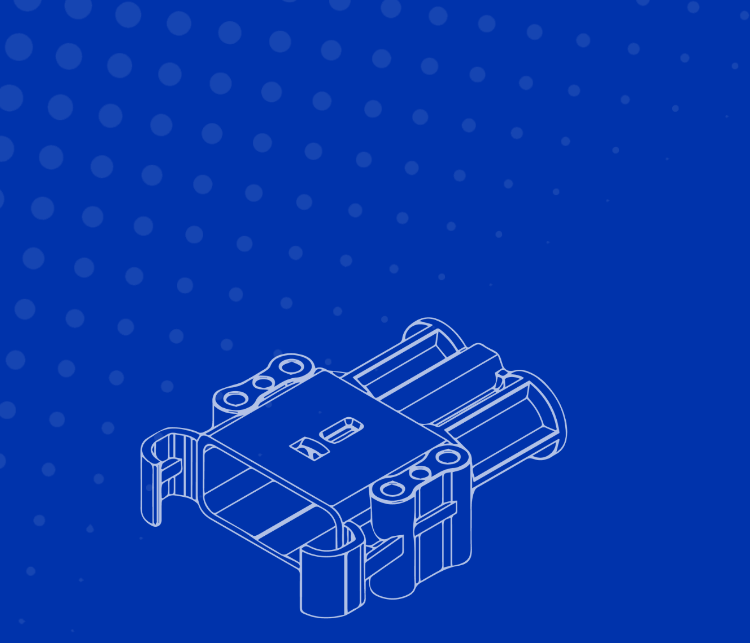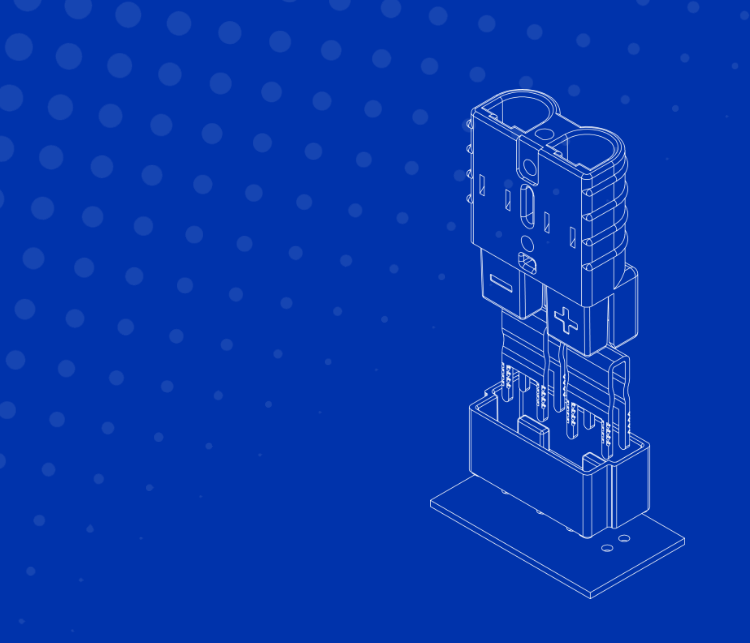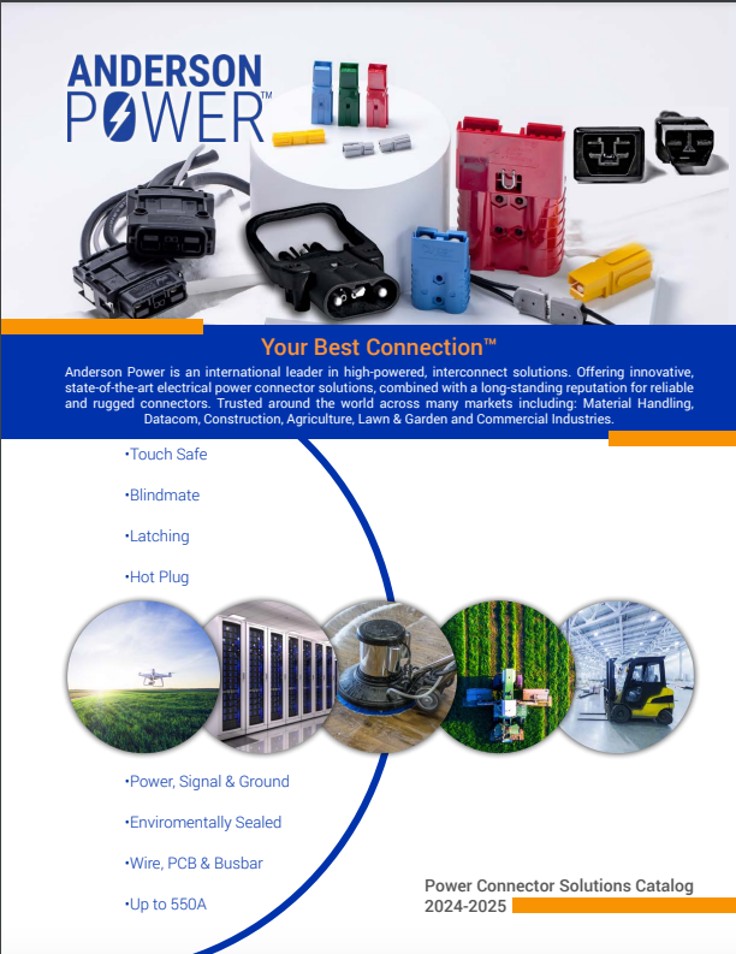Anderson Power Connectors in India
When India’s electrification wave first started, the country’s 3-wheeler manufacturers faced a problem: very few battery connectors on the Indian market offered both power and signaling in one package. Since tuk-tuks are small vehicles, with limited space to put battery connectors, this posed a serious challenge.
In 2018, Anderson Power emerged as the answer to this pressing need. Ajay Agrawal, the General Manager of IDEAL Industries India, recalls the pivotal role played by Anderson Power connectors. “Our customers sought batteries that could not only deliver power, but also communicate with their vehicles about charging progress and provide operational intelligence,” said Ajay. “That’s where we stepped in with an Anderson Power connector that offered two power contacts, four signals and an impressive 10,000 mating cycles in one compact package.”
Ajay also attributes the team’s success to a simple yet powerful philosophy: understanding and addressing customer’s 3-wheeler needs. “What truly matters to my team is understanding the customer pain points and crafting practical solutions,” said Ajay. “We prioritize engaging with our customers and designing products tailored to their specific requirements, which builds strong relationships and a sustainable business.”
Addressing Customer Needs in India
Ajay recalls one instance that underscored the value of a customer-centric approach. One of his customers had reported that their Anderson Power connectors were not mating properly while charging the batteries at their battery stations. Ajay and his team offered to inspect the customer’s facility to determine why the issue was occurring.
Upon arrival, the India team quickly pinpointed the cause of the issue. Instead of using the designated Anderson Power crimping tools, the charging station personnel were employing hammers to crimp the copper connector barrel. This incorrect method caused damage to the barrel, leading to mating issues.
“We took a picture of the improper crimping technique and shared it with the customer’s team,” said Ajay. “They were blown away that this was occurring in their own facility.”
The India team took it upon themselves to personally train the customer’s team in the proper crimping techniques. The results were remarkable – the mating issues quickly stopped, leaving the customer extremely pleased.
Upcoming Developments in India
As the battery-power revolution continues in India, the local Anderson Power team remains optimistic about the country’s electrified future. Currently, they are working hard to develop even better connector types to meet the unique needs of the Indian market.
Designing a waterproof connector is first on their agenda. India experiences an annual monsoon season that unleashes significant rains in the summer months, transforming some streets into flooded waterways. 3-wheelers navigating waterlogged roads need secure connectors that can handle damp conditions. The Anderson Power engineering team is tackling this challenge, and they are actively developing a waterproof connector that will launch soon.
Whatever the future holds, the India team is confident they can respond to India’s unique 3-wheeler electrification trend with high-quality, compact battery connectors.
